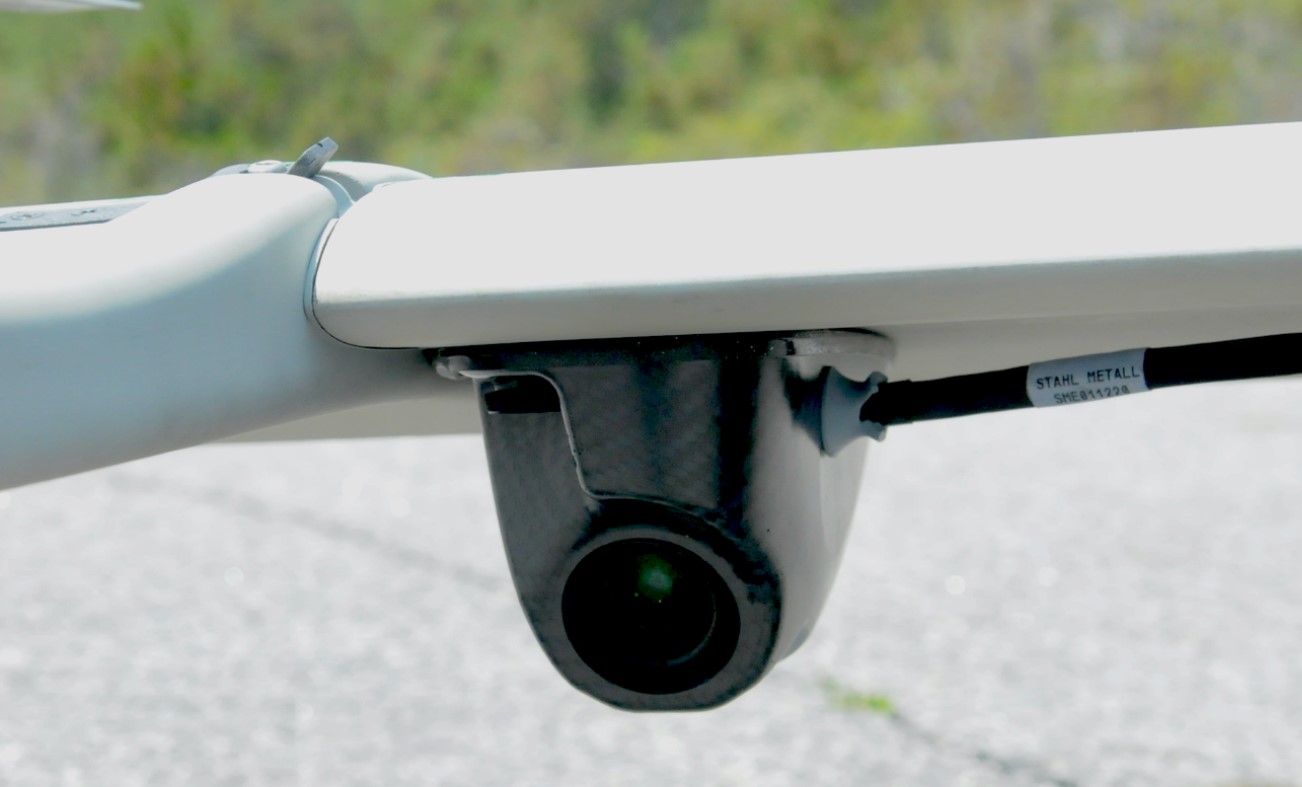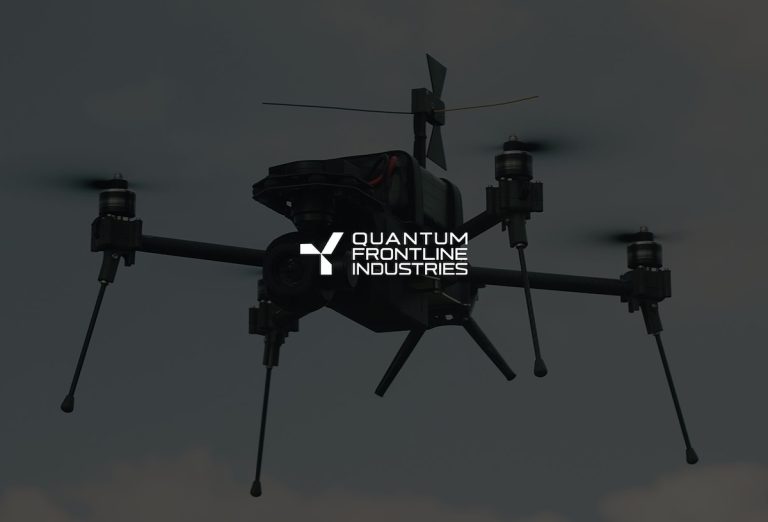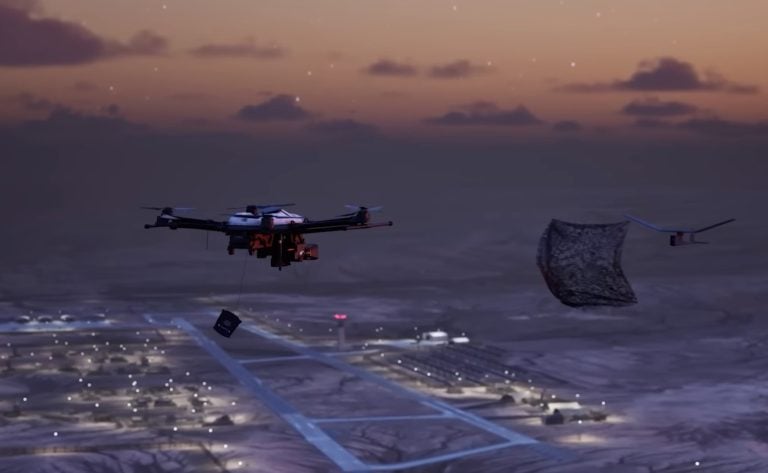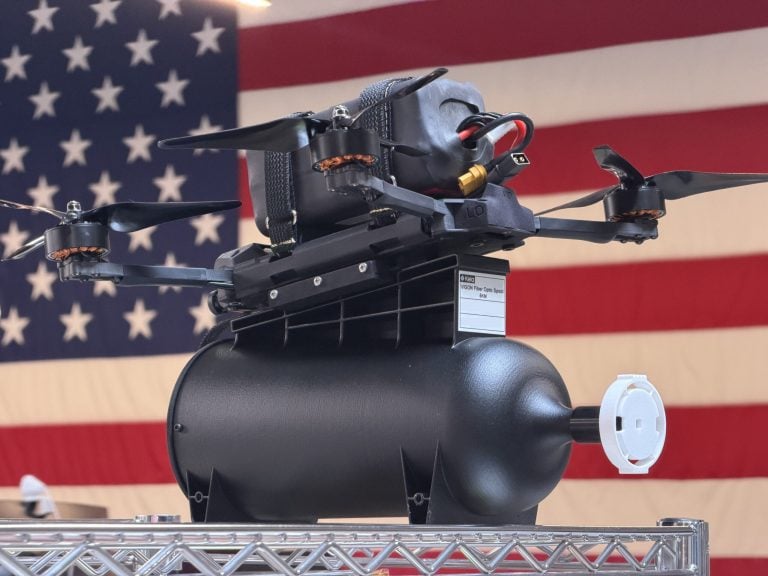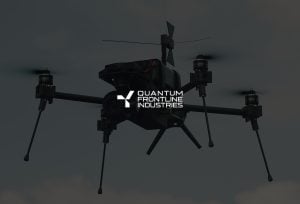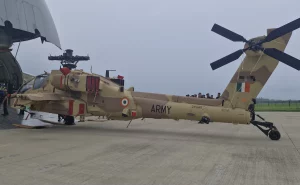Shield AI has made a significant leap in advancing drone technology by delivering its pioneering ViDAR (Visual Detection and Ranging) optical sensors to the United States Marine Corps. This breakthrough aims to enhance drone operations by integrating artificial intelligence (AI)-enabled solutions that significantly improve the capabilities of unmanned systems in diverse operational environments.
ViDAR is an advanced payload system crafted to perform critical functions such as detecting, identifying, geolocating, and tracking various objects utilizing wide-area motion imagery. The system has been explicitly designed to support intelligence, surveillance, reconnaissance, and search-and-rescue missions, with a strong emphasis on proficiency in challenging maritime settings. A highlight of the ViDAR system is its capability to track multiple objects at altitudes of up to 30,000 feet (approximately 9,114 meters) and to identify both stationary and moving targets using ultra-high-definition multi-spectral sensors. Moreover, ViDAR operates silently without emitting any signals, providing real-time optical tracking capabilities that span both land and sea.
Christian Gutierrez, the Vice President of Hivemind Solutions at Shield AI, emphasized the increasing necessity for platforms to “detect, locate, classify, and track threats without relying on active emissions” as modern battlefields evolve into more contested environments. This underscores the critical need for stealthy surveillance technologies that can operate without revealing their presence.
Before ViDAR was approved for deployment, it underwent rigorous ground and flight testing on unmanned aircraft systems. These comprehensive assessments were aimed at determining the effectiveness of ViDAR in executing wide-area maritime surveillance missions. Following its successful testing, the ViDAR system was integrated into a program overseen by the Naval Air Systems Command, which is responsible for the complete lifecycle support of naval aviation aircraft, weapons, and systems for both the US Navy and the Marine Corps.
In addition to this significant development, Shield AI has been active in forming strategic partnerships to further enhance its technology solutions. Last month, the company collaborated with Booz Allen Hamilton to advance the use of uncrewed systems for the US military. This partnership leverages Shield AI’s cutting-edge Hivemind software, which enables autonomous piloting for drones and fighter jets, in conjunction with Booz Allen’s extensive expertise in mission engineering.
Looking globally, in November 2024, Shield AI announced a partnership with JSW Defence to manufacture the V-BAT drone for India’s military. This venture represents a substantial investment of $90 million over two years from the JSW Group, with $65 million earmarked for the first year alone. The investment is designated to establish local manufacturing capabilities, provide personnel training, and develop a robust local supply chain.
The advancements in drone technology through initiatives like ViDAR and the company’s collaborative projects illustrate a transformative shift in military operations, emphasizing the importance of AI-driven autonomous systems in future combat and reconnaissance missions.
